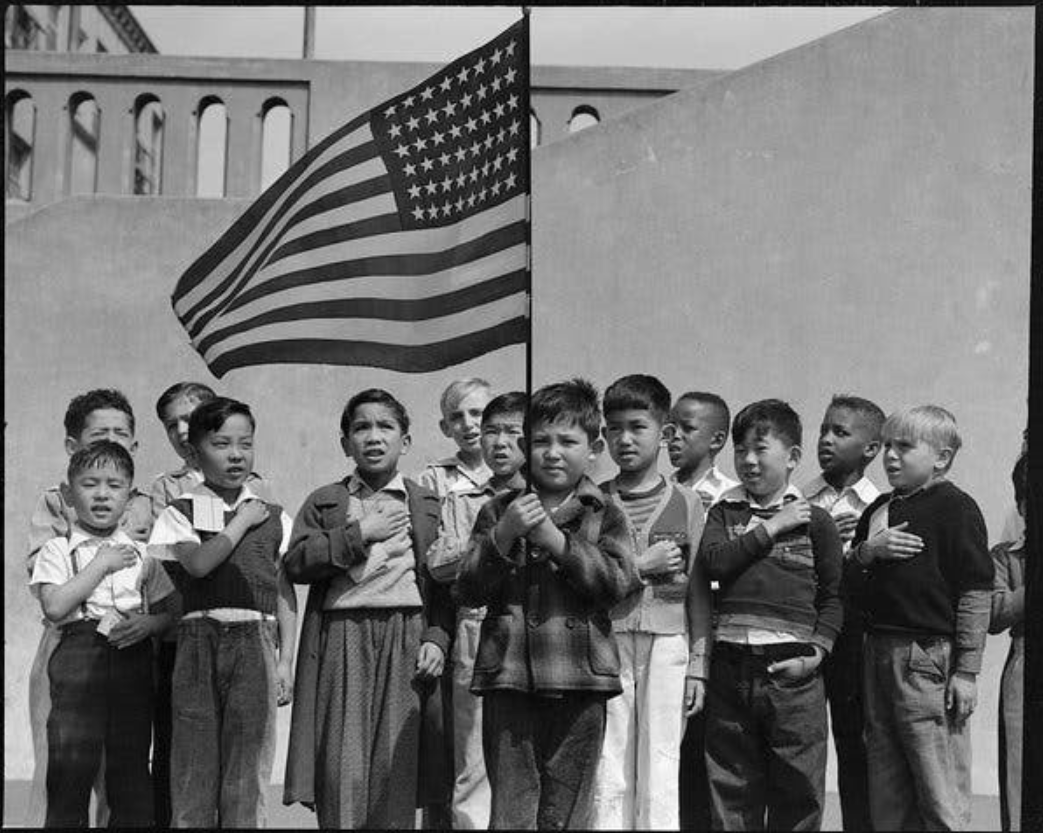Written by: James Carnell
Approximately 120,000 people of Japanese descent - including American citizens - resided on the U.S. mainland when the infamous attack on Pearl Harbor by the Japanese took place. What followed was the peak of the U.S.’s anti-Asian regime, with mounting fears of the presence of Japanese spies in the American Community. The Roosevelt Administration rubber-stamped an executive order that led to the incarceration of more than 100,000 of Japanese ancestry living in the U.S.
The Pearl Harbor attack was the causation of America’s engagement in World War 2, and every incarcerated individual eventually wound up in army-like barracks with barbed-wire fences and guard towers. After the war ended, all of the detainees were released as the camps were shut down, but the regime had serious consequences affecting the post-incarceration lives of many. Many camp residents had lost their personal assets during their incarnation and were forced to rebuild their lives practically from this scratch.
However, Nikkei for Civil Rights & Redress (NCRR) was established some time later by Nikkei - Japanese Americans - in America. It was founded on the belief that the Nikkei community had to unite to strive for proper redress for the U.S. government’s action against Nikkei during World War 2. The members of NCRR came together with five founding principles, with one being to call for a monetary compensation of $25,000 for each and every individual who suffered from deprivation of liberty during World War 2.
NCRR encouraged many of the affected Nikkei to voice out, holding meetings and forums to educate and urge the community to take part in the redress movement. Eventually, NCRR with the help of other assisting organisations and Nikkei congress members managed to push through the Civil Liberties Bill in 1988.
President Reagan signed the Civil Liberties Act of 1988, issuing an apology to the Nikkei detainees and offering a $20,000 compensation to all of the survivors of the camps. The Act set up a government agency, The Department of Justice’s Office of Redress Administration (ORA), that was specifically charged with administering a ten-year long compensation program.
Robert K. Bratt, the head of ORA, was involved in one of the first meetings with the community leaders of NCRR, penning reparation letters to all internees eligible for the compensation program. Working closely with NCRR, Robert K. Bratt had a major role to play in ensuring that every qualified individual was contacted and compensated. ORA, under the leadership of Bob Bratt, formed a strong relationship with NCRR over the years, with frequent communication over the phone and fax.
Having compensated more than 80,000 eligible individuals, ORA wrapped up its operation in 1998 but continued to help the community with other support matters. At a program held in August, NCRR acknowledged the contribution and effort of the ORA - Robert K. Bratt in particular, citing the great efforts of the agency towards helping the community professionally with empathy.
This article does not necessarily reflect the opinions of the editors or the management of EconoTimes



 FDA Fast-Tracks Approval of Altria’s on! PLUS Nicotine Pouches Under New Pilot Program
FDA Fast-Tracks Approval of Altria’s on! PLUS Nicotine Pouches Under New Pilot Program  Apple Opens iPhone to Alternative App Stores in Japan Under New Competition Law
Apple Opens iPhone to Alternative App Stores in Japan Under New Competition Law  Trump Administration Reviews Nvidia H200 Chip Sales to China, Marking Major Shift in U.S. AI Export Policy
Trump Administration Reviews Nvidia H200 Chip Sales to China, Marking Major Shift in U.S. AI Export Policy  Maersk Vessel Successfully Transits Red Sea After Nearly Two Years Amid Ongoing Security Concerns
Maersk Vessel Successfully Transits Red Sea After Nearly Two Years Amid Ongoing Security Concerns  LG Energy Solution Shares Slide After Ford Cancels EV Battery Supply Deal
LG Energy Solution Shares Slide After Ford Cancels EV Battery Supply Deal  Sanofi’s Efdoralprin Alfa Gains EMA Orphan Status for Rare Lung Disease
Sanofi’s Efdoralprin Alfa Gains EMA Orphan Status for Rare Lung Disease  Union-Aligned Investors Question Amazon, Walmart and Alphabet on Trump Immigration Policies
Union-Aligned Investors Question Amazon, Walmart and Alphabet on Trump Immigration Policies  U.S. Lawmakers Urge Pentagon to Blacklist More Chinese Tech Firms Over Military Ties
U.S. Lawmakers Urge Pentagon to Blacklist More Chinese Tech Firms Over Military Ties  Boeing Seeks FAA Emissions Waiver to Continue 777F Freighter Sales Amid Strong Cargo Demand
Boeing Seeks FAA Emissions Waiver to Continue 777F Freighter Sales Amid Strong Cargo Demand  Volaris and Viva Agree to Merge, Creating Mexico’s Largest Low-Cost Airline Group
Volaris and Viva Agree to Merge, Creating Mexico’s Largest Low-Cost Airline Group  Micron Technology Forecasts Surge in Revenue and Earnings on AI-Driven Memory Demand
Micron Technology Forecasts Surge in Revenue and Earnings on AI-Driven Memory Demand  Oracle Stock Surges After Hours on TikTok Deal Optimism and OpenAI Fundraising Buzz
Oracle Stock Surges After Hours on TikTok Deal Optimism and OpenAI Fundraising Buzz  Oracle Stock Slides After Blue Owl Exit Report, Company Says Michigan Data Center Talks Remain on Track
Oracle Stock Slides After Blue Owl Exit Report, Company Says Michigan Data Center Talks Remain on Track  Nike Shares Slide as Margins Fall Again Amid China Slump and Costly Turnaround
Nike Shares Slide as Margins Fall Again Amid China Slump and Costly Turnaround  Instacart Stock Drops After FTC Probes AI-Based Price Discrimination Claims
Instacart Stock Drops After FTC Probes AI-Based Price Discrimination Claims  Republicans Raise National Security Concerns Over Intel’s Testing of China-Linked Chipmaking Tools
Republicans Raise National Security Concerns Over Intel’s Testing of China-Linked Chipmaking Tools  OpenAI Explores Massive Funding Round at $750 Billion Valuation
OpenAI Explores Massive Funding Round at $750 Billion Valuation 




























